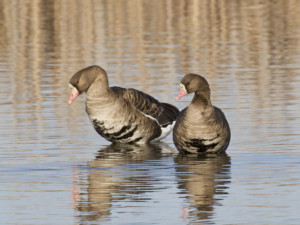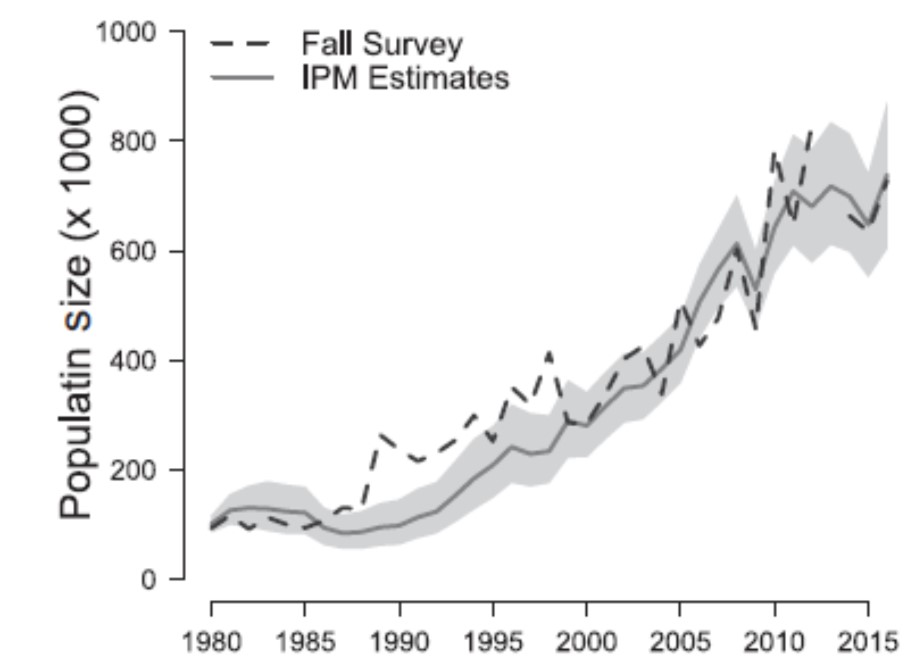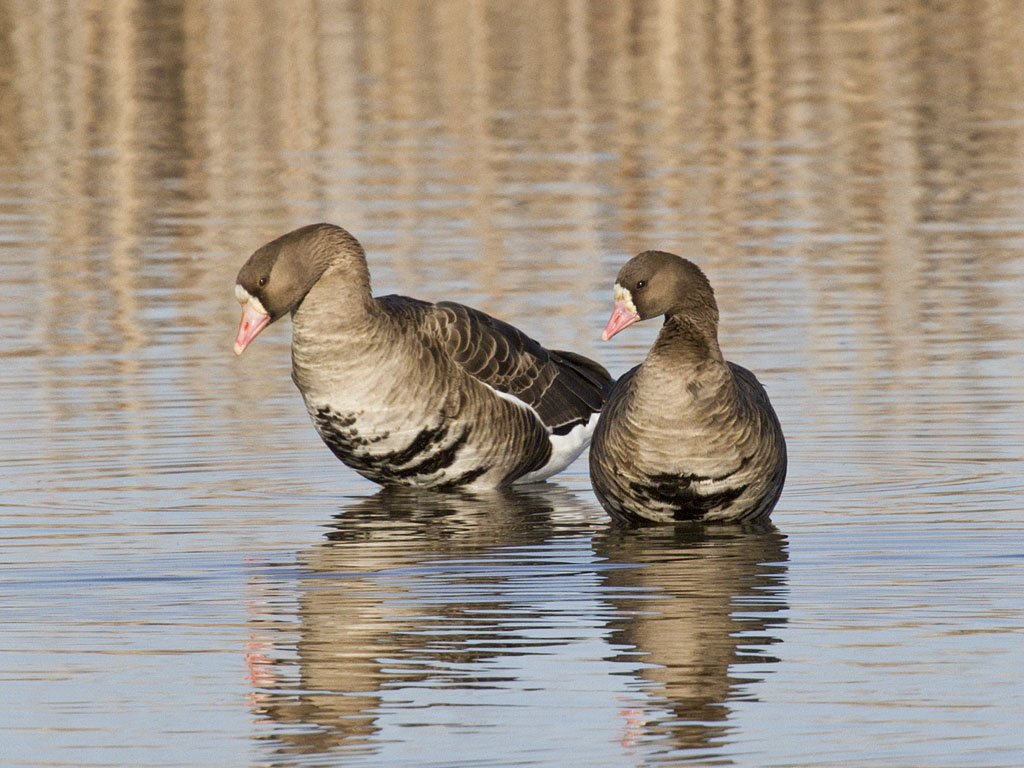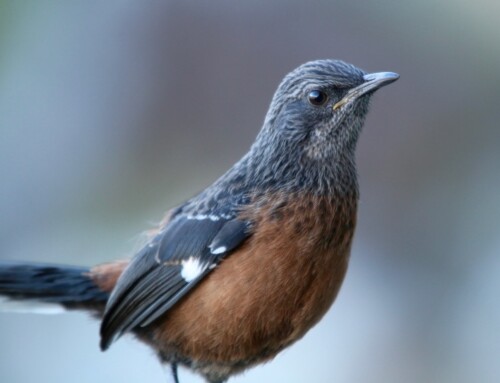 LINKED PAPER
LINKED PAPER
Increased rice flooding during winter explains the recent increase in the Pacific Flyway White‐fronted Goose Anser albifrons frontalis population in North America. Cunningham, S. A., Zhao, Q., & Weegman, M. D. 2021. IBIS. DOI: 10.1111/ibi.12851. VIEW
Many populations of migratory bird species are declining due to climate change and shifts in land use. However, some species seem to benefit from these human-induced changes. Several arctic-nesting geese, for example, show rapid population expansions in recent years, probably due to the increased food availability on agricultural lands (Sedinger & Aliskauskas 2014). In North America, the Greater White-fronted Goose (Anser albifrons) population that migrates between Alaska and California/Mexico (i.e. the Pacific Flyway) is estimated to hold more than 700,000 individuals. This number exceeds the target population of 300,000 individuals set by the North American Waterfowl Management Plan. To properly adjust the management of this population, it is crucial to understand the underlying drivers of this population increase.
Integrated population model
A team of American ornithologists resorted to an integrated population model to study the population dynamics of the Pacific Flyway population of Greater White-fronted Geese. These integrated models combine multiple datasets to estimate demographic parameters (Arnold et al. 2018). In this case, the researchers used information from population surveys, ring recoveries and harvested geese as input for the model. The analyses revealed that the Greater White-fronted Goose population has been continuously increasing since the 1980s. As expected, this population expansion can be mainly explained by changes in agricultural land use, particularly rice fields.

Figure 1. The Pacific Flyway population of Greater White-fronted Geese has been increasing since the 1980s. The solid line indicates the estimates from the integrated population model, while the dotted line shows the data from population surveys in fall.
Rice fields
Since the 1980s, the burning of rice fields after harvesting was prohibited in North America. This ban on rice field burning and the subsequent high frequency of flooding as an alternative agricultural practice provided migrating waterbirds with an additional food source (Strum et al. 2013). The researchers detected some negative effects of climate change, hunting and population density on the survival of Greater White-fronted Geese. However, these effects were not strong enough to overcome the benefits of agricultural changes. These results indicate that hunting may not be an effective tool to manage this population of greater white-fronted geese, similar to the situation of the Snow Geese (Anser caerulescens, Koons et al. 2014). Future management plans should thus focus on other management options to control the numbers of Greater White-fronted Geese along the Pacific Flyway.
References
Arnold, T. W., Clark, R. G., Koons, D. N., & Schaub, M. (2018). Integrated population models facilitate ecological understanding and improved management decisions. The Journal of Wildlife Management 82: 266-274. VIEW
Koons, D. N., Rockwell, R. F., & Aubry, L. M. (2014). Effects of exploitation on an overabundant species: the lesser snow goose predicament. Journal of Animal Ecology 83: 365-374. VIEW
Sedinger, J. S., & Alisauskas, R. T. (2014). Cross-seasonal effects and the dynamics of waterfowl populations. Wildfowl Special Issue 4: 277-304. VIEW
Strum, K. M., Reiter, M. E., Hartman, C. A., Iglecia, M. N., Kelsey, T. R., & Hickey, C. M. (2013). Winter management of California’s rice fields to maximize waterbird habitat and minimize water use. Agriculture, Ecosystems & Environment 179: 116-124. VIEW
Image credits
Top right: Greater white-fronted goose (Anser albifrons) | Bill Bouton | CC BY-SA 2.0 Wikimedia Commons
Blog posts express the views of the individual author(s) and not those of the BOU.
If you want to write about your research in #theBOUblog, then please see here




